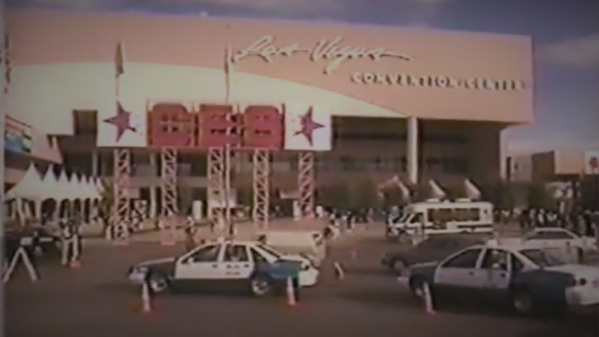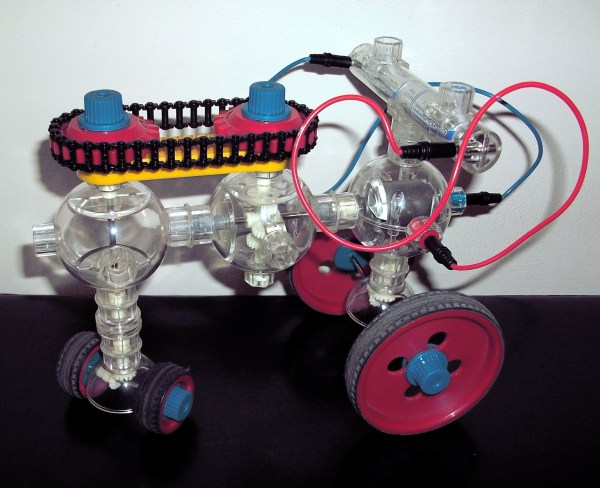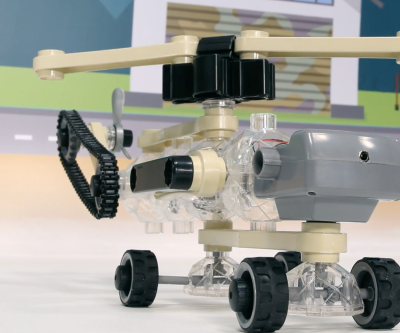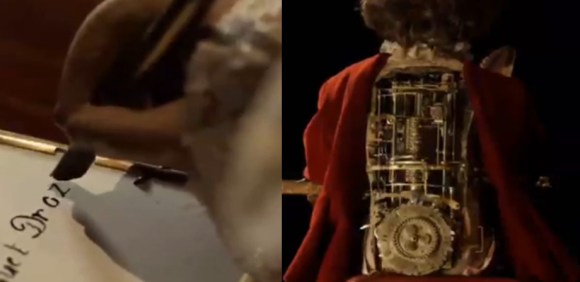It’s January, and that means it’s time once again for the Consumer Electronics Show. CES is the place where electronic manufacturers from all across the globe to show off their future products and make promises they probably can’t keep. Of course there is no better indicator of a company’s future than looking at the past, and thanks to [Home & Garden Television] we have a comprehensive look at what CES was twenty three years ago. The cable channel aired a special, “Plugged In with Wil Shriner”, covering CES 1996 and it is certainly illuminating to see in hindsight. Plus it even comes complete with “cable money” tier mid 90s motion graphics.
Over on YouTube, user [videoholic] has uploaded the HGTV CES ’96 special into five separate segments (links provided below). Some of the highlights include:
- Canon introduces IR eye tracking (akin to the New 3DS) in their camcorder line
- Dual recording VCR from Sharp on one VHS tape provided you can fix the tracking with the remote.
- The term “I triple E 1394” may just have been said for the first (and last) time ever on cable television.
- A digital alarm clock from Oregon Scientific (called the Time Machine) that will tell you the weather.
- Magellan thought, “Who needs a cell phone when you can have a satellite phone for $8000”.
- Soundtube, the fashionable beer cozy for your gigantic speakers as seen on MTV Beach House.
- Noise Cancellation Technologies INC wanted to turn your cars headliner into a big ol’ speaker.
- Cyber Pong promised online multiplayer a full decade before Rockstar’s Table Tennis on Xbox 360.
- The Simpsons Cartoon Studio helps create fan fiction on multimedia CD-ROM.
- Compaq’s PC keyboard with an integrated fax machine.
- Norris Communication’s handheld voice recorder full of flash memory to offload to your PDA.
- Crestron’s idea of home automation involved a touchscreen to operate a light switch (some things never change).
- DVD players a year before the first ones would hit the United States.
- DVDs of an R-rated movie projected to also contain the G and PG-13 rated versions of the same movie.
- Sharp introduces the world’s largest LCD display (which is 28 inches).
Continue reading “Retrotechtacular: HGTV, The Place For Everything CES 1996”















